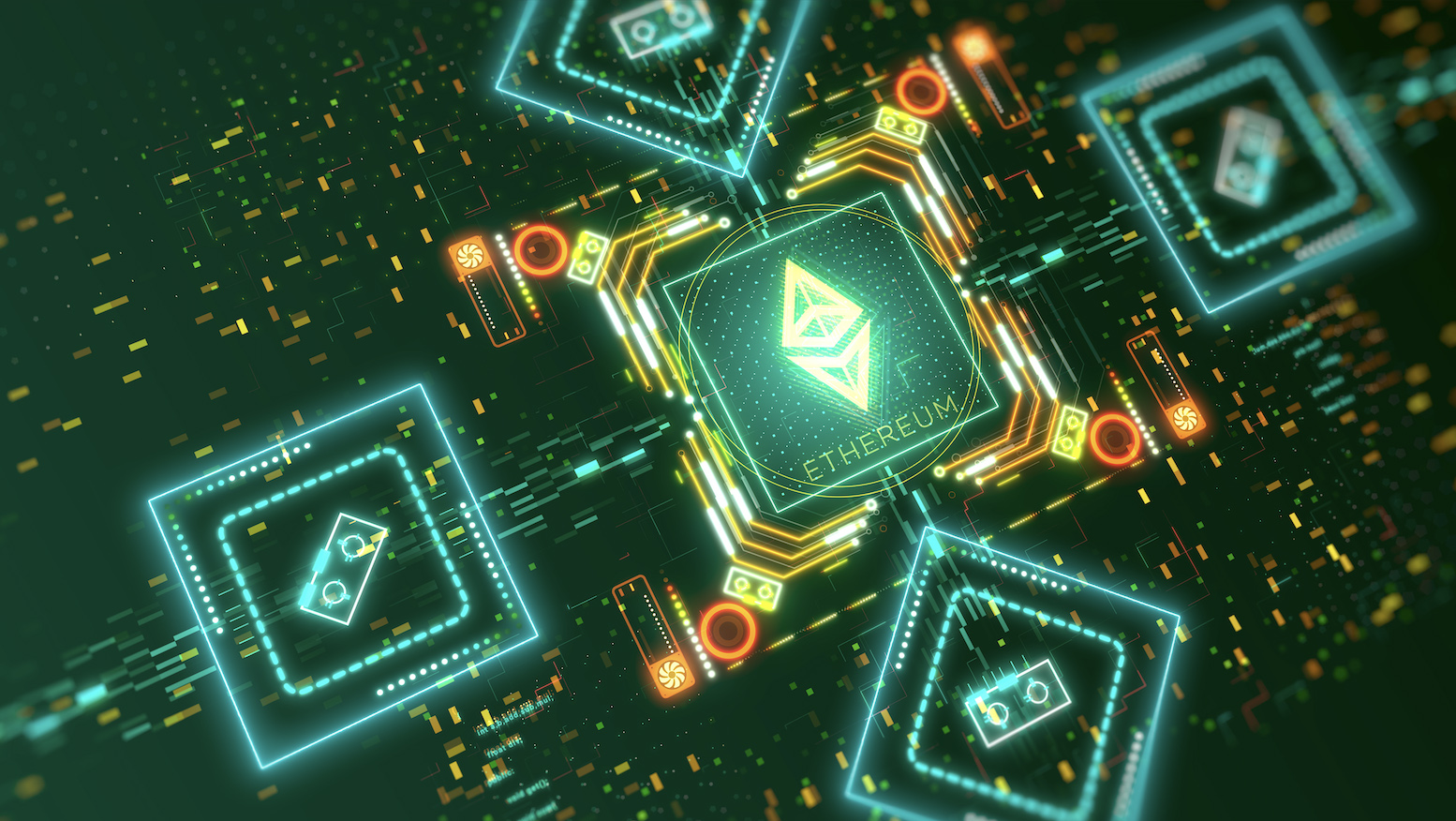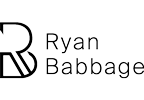
What is the meaning of NFT, and why does it matter?
(NFT) stands for Non-fungible token, which may mean very little to many. However, the significance of an NFT is brought to light when explaining the value and exchange of digital assets. If you have ever purchased a digital file like an online movie, image or album, then you are already familiar with the process of purchasing and owning digital assets. Nevertheless, on most platforms owned by large institutions, you cannot resell the digital assets you purchase. With ownership maintained and controlled by large institutions like Apple, Adobe and Amazon, the asset remains non-transferable (for the consumer), and in control of the seller – even after it has been sold.
NFTs are digitally unique and appealing for content creators.
NFTs seek to provide a new way of value exchange that facilitates easy trade and asset transfer across borders within a global context. Operating on the blockchain, NFTs are stored on a distributed ledger that provides a public record of asset ownership – verified by a network of computers in multiple countries.
Some may be aware of the buzz surrounding decentralised finance (Defi) – a solution that provides a mirror of traditional financial products but on the blockchain and not requiring interaction with intermediaries in large corporate offices. The value locked in Defi protocols on blockchains has grown significantly from USD 1 billion to USD 50 billion within one year, and art, fashion, online tickets and digital collectables are paving the way toward an NFT future. The fact that sales rose to USD 50 billion in a single year is a testament to how attractive NFTs are in the current market.
Furthermore, these Defi protocols create lending, borrowing, derivatives and esoteric synthetic products such as Tesla shares and require no permission to interact or intermediaries to take a cut. Connect to the protocol, and within minutes they are able to be borrowed, lent or traded. The main Defi protocols have market values already in the billions with incredibly lean companies – some with as few as eleven employees and with no CEO or head office.
It is reasonable to assume that we are in the Defi 1.0 phase. The paradigm shift to 2.0 will bridge the gap between digital and real-world assets, making previously illiquid assets liquid. This will enable the lease of utility and flexible options that were never available. Defi 2.0 involves creating a digital representation of the value of tangible world assets, allowing them to be traded, lent, borrowed and transferred on a blockchain network in a frictionless and permissionless way.
The liquidity and collateral funded in Defi are currently represented through cryptocurrency assets, which means that you have to own and secure your crypto to participate. Cryptocurrency value, although increasing, is tiny as a percentage of ”real-world assets”. A bridge to non-digital assets involves building infrastructure and legal tech that will bring real-world assets into an on-chain finance protocol.
The linking of real-world assets to on-chain digital assets is being enabled by minting Non-Fungible Tokens (NFTs). NFTs have been all the rage recently, and you could be forgiven if you thought that they are nothing more than just collectable cards, jpegs or some other bizarre digital meme. On the contrary, NFTs have incredible utility as real-world assets and are an area of increasing interest and value.
Non-fungible means something that is unique and cannot be exchanged in a like for like fashion. For instance, fiat currency is fungible. To demonstrate, if I lend you a $1 coin, I do not care if you give me back the same physical $1 coin that I lent you as physical coins are not unique and can be exchanged for another without any change or loss of value. Fungible assets (like money) can also be easily divided into fractions without any issue. In the non-virtual world, examples of unique, non-fungible assets are real estate, contracts for a claim on something of value, an invoice or other business documents.
Tokenising real-world assets such as real estate is a process of fractionalising ownership, turning previously illiquid assets into digital assets on the blockchain. Once tokenised, they can be traded, unlocking value in the real estate to secondary markets or monetising the locked value of your asset through yield farming in Defi. The real estate market is worth USD $72 Trillion worldwide. By tokenising a real-world asset into a digital token of value, value can be traded, ownership can be frictionlessly transferred, and the digital tokens can be used to extract yield or be used as collateral to borrow against.
Several years ago, I was told by financial experts who were persuading me to purchase an off the plan apartment that “you cannot sell the bathroom of your house”. Interestingly I remember that one particular phrase and equally how ironic that the possibility of being able to do just that could be made possible with NFTs.



